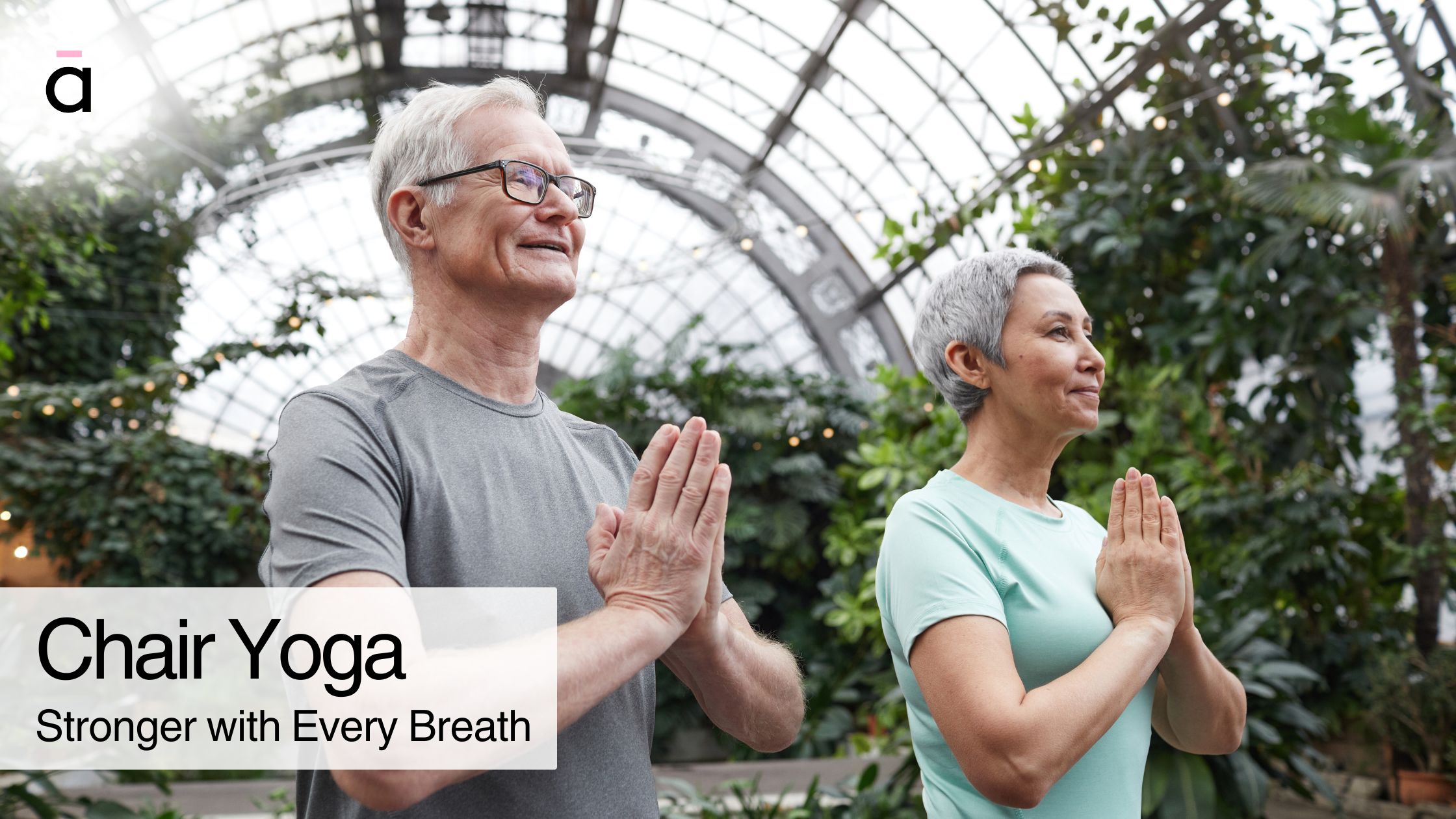
When people first hear about chair yoga, they often wonder—is chair yoga effective for real physical benefits, like building strength, improving balance, and increasing flexibility? It might seem too gentle to deliver noticeable results, but the truth is, chair yoga is a powerful and adaptable form of movement that offers proven physical benefits—especially for older adults or those who need extra support in their practice.
In this article, we’ll explore how and why chair yoga is effective for building strength, improving balance, and enhancing flexibility—without needing to get down on the mat.
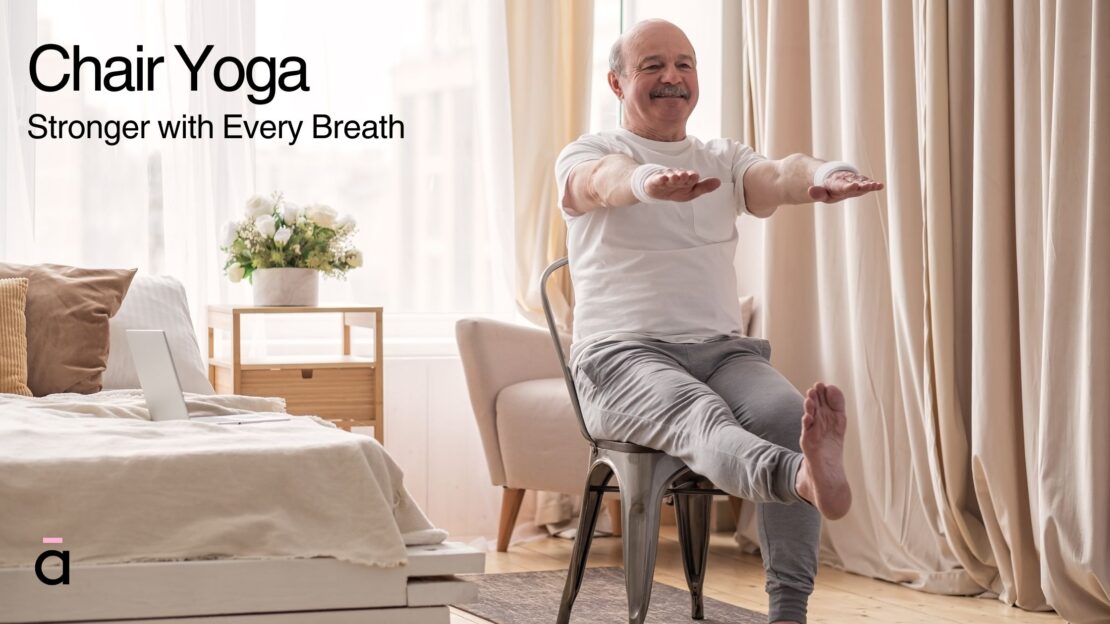
How Is Chair Yoga Effective for Strength?
Strength is often associated with heavy lifting or intense workouts, but functional strength—the kind we need for everyday activities—can be built gently and mindfully. So, is chair yoga effective for strength? Yes, absolutely.
Chair yoga engages multiple muscle groups, including the legs, core, shoulders, and back. Movements like seated leg lifts, supported warrior poses, or modified planks help develop endurance and tone muscles—all from the stability of a chair. In fact, many practitioners find that they activate their muscles more consciously in chair yoga because the movements are slower and more intentional.
Incorporating light weights or resistance bands can make chair yoga even more effective for strength training. Over time, regular practice can improve your ability to stand up from a chair, carry groceries, or move with more control and confidence.
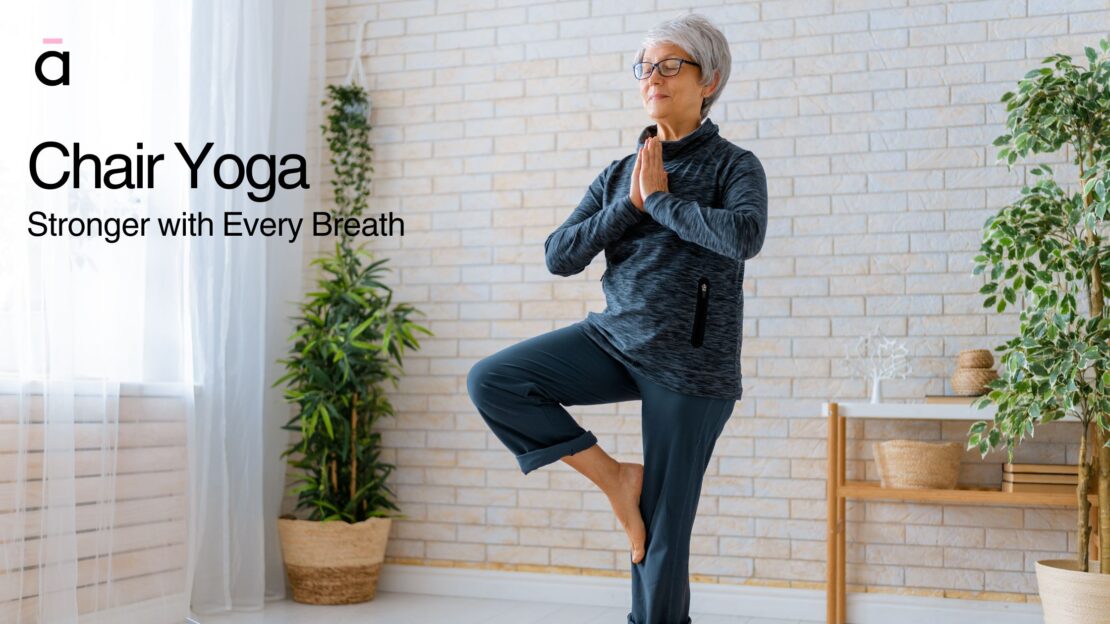
Is It Effective for Improving Balance?
Maintaining good balance is essential as we age—it reduces the risk of falls and helps us feel more confident in our movements. One of the most common questions we hear is: is chair yoga effective for improving balance? And the answer is a strong yes.
Chair yoga includes seated and supported standing poses that challenge your sense of stability while keeping you safe. Practising movements like seated side bends, ankle circles, and chair-supported tree pose helps develop proprioception (your body’s awareness of where it is in space), which is key to improving balance.
As you build strength in the legs and core, you naturally gain more control over your posture and movement. Many seniors report feeling steadier on their feet after just a few weeks of consistent chair yoga practice.

Is Chair Yoga Effective for Increasing Flexibility?
Flexibility is about more than touching your toes—it’s about being able to move comfortably through your daily life. Whether you’re reaching up to a shelf or turning your head while driving, flexible joints and muscles make life easier. So, is chair yoga effective for flexibility? Without a doubt.
Chair yoga includes gentle stretches for the spine, shoulders, hips, hamstrings, and neck. The supported nature of the practice allows you to stretch safely without overexerting. Because you’re seated or stabilised by a chair, it reduces the risk of strain and allows you to hold stretches longer and more comfortably.
Over time, you may notice improvements in how easily you can perform daily activities—like putting on socks, reaching behind you, or getting out of bed. That’s functional flexibility, and it matters.
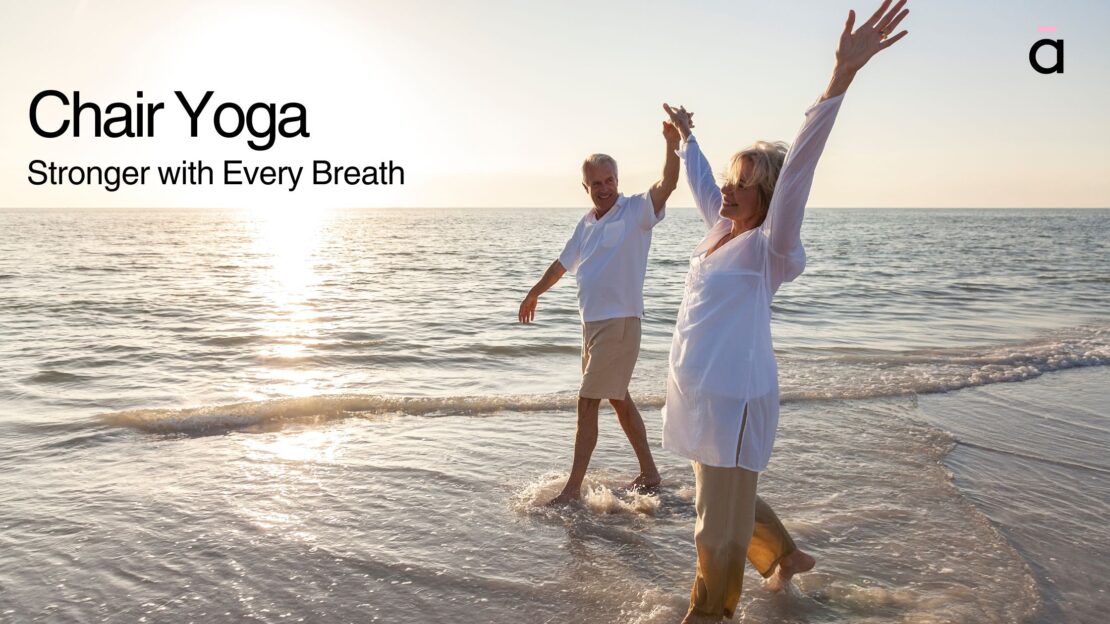
So, Is It Effective Overall?
Yes—chair yoga is effective for building strength, improving balance, and increasing flexibility. It’s a practice designed to meet you where you are, regardless of age, experience, or mobility level. Unlike more intense exercise routines, chair yoga supports your body while still delivering real, measurable results.
More than just physical movement, chair yoga also helps regulate your breathing, lower stress, and create a sense of calm—which contributes to better body awareness and coordination. Whether you’re recovering from an injury, easing back into exercise, or just looking for a way to stay active that feels sustainable, chair yoga can be an incredibly effective choice.
Ready to Try Chair Yoga for Yourself?
At Ālaya Yoga, we offer a complete Chair Yoga for Seniors course—designed for real people, real bodies, and real results. You’ll be guided by experienced instructors through a series of gentle, effective movements that promote strength, balance, and flexibility—at your pace, in your space.
✨ Try it today and enjoy 45% off with lifetime access. No subscriptions, no pressure—just movement that meets you where you are.
👉 Explore our Chair Yoga for Seniors course now
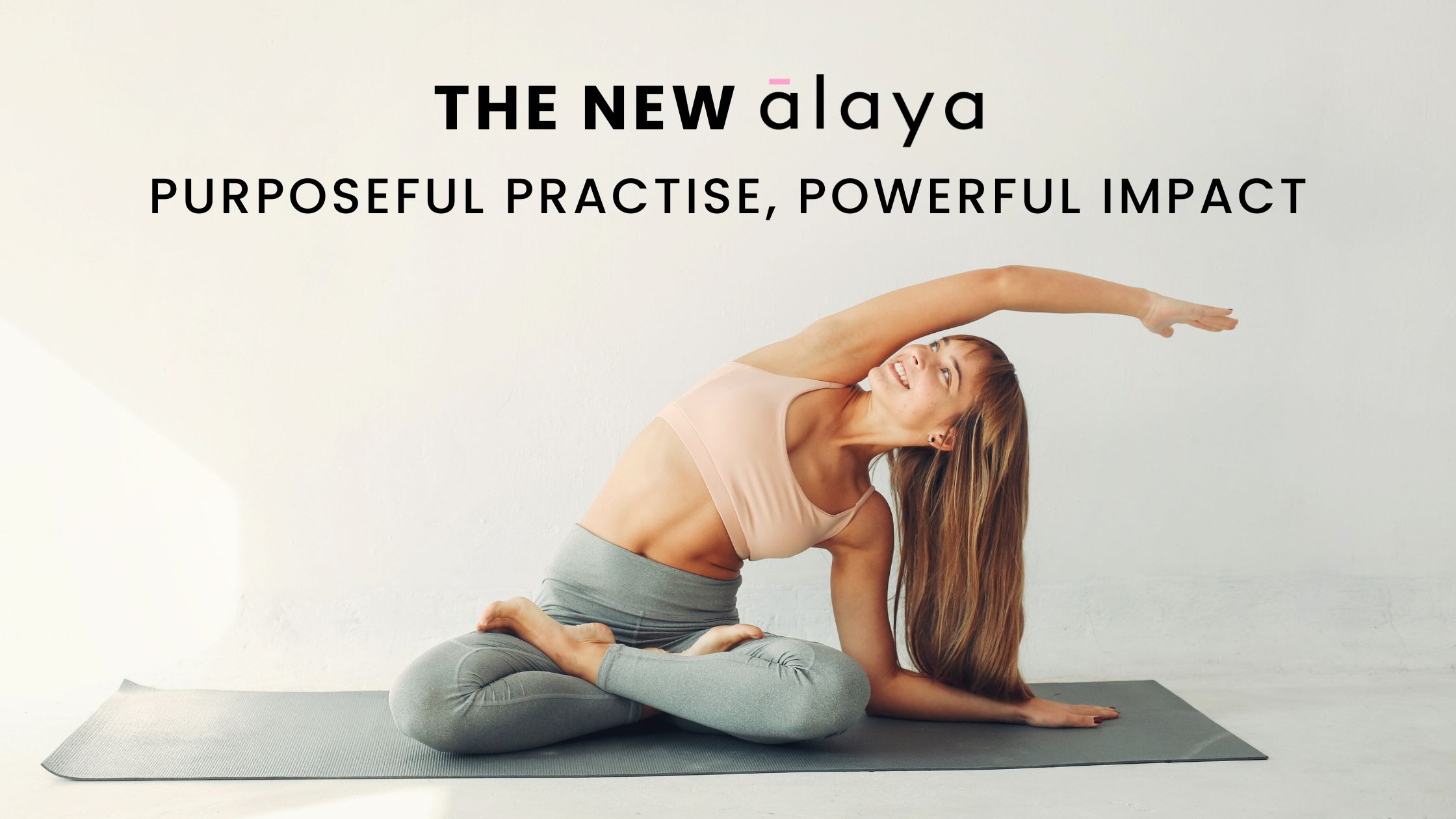

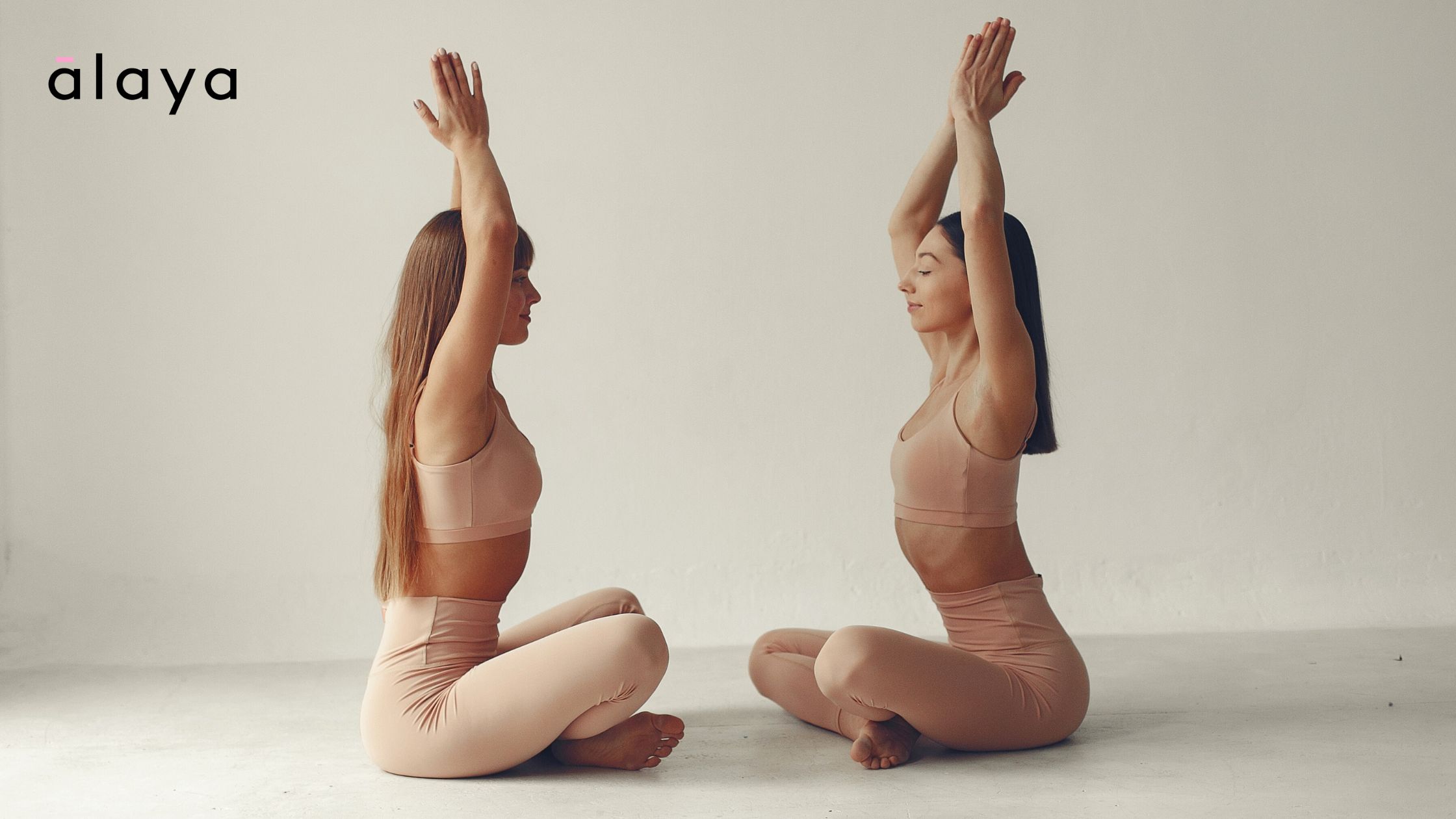
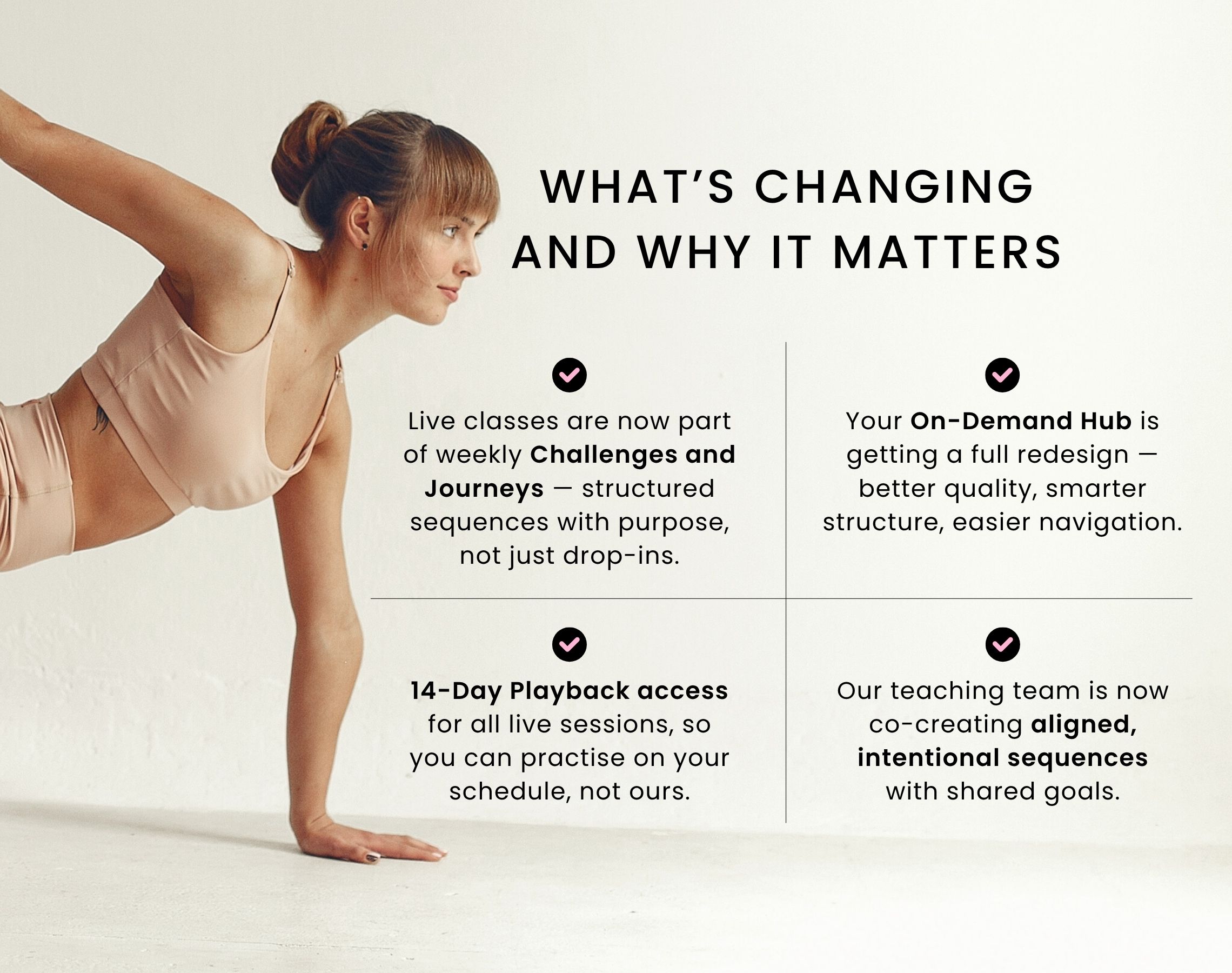
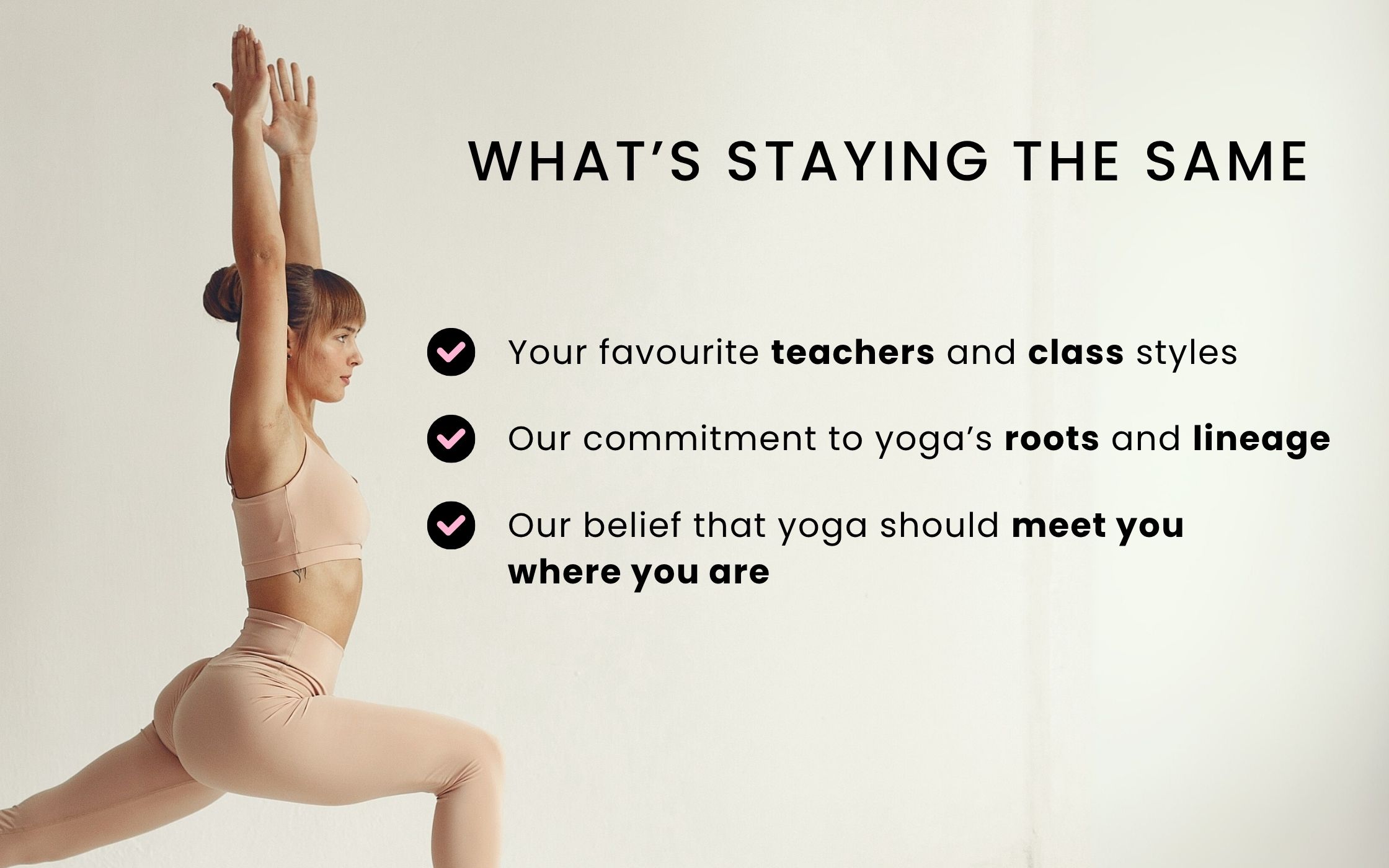
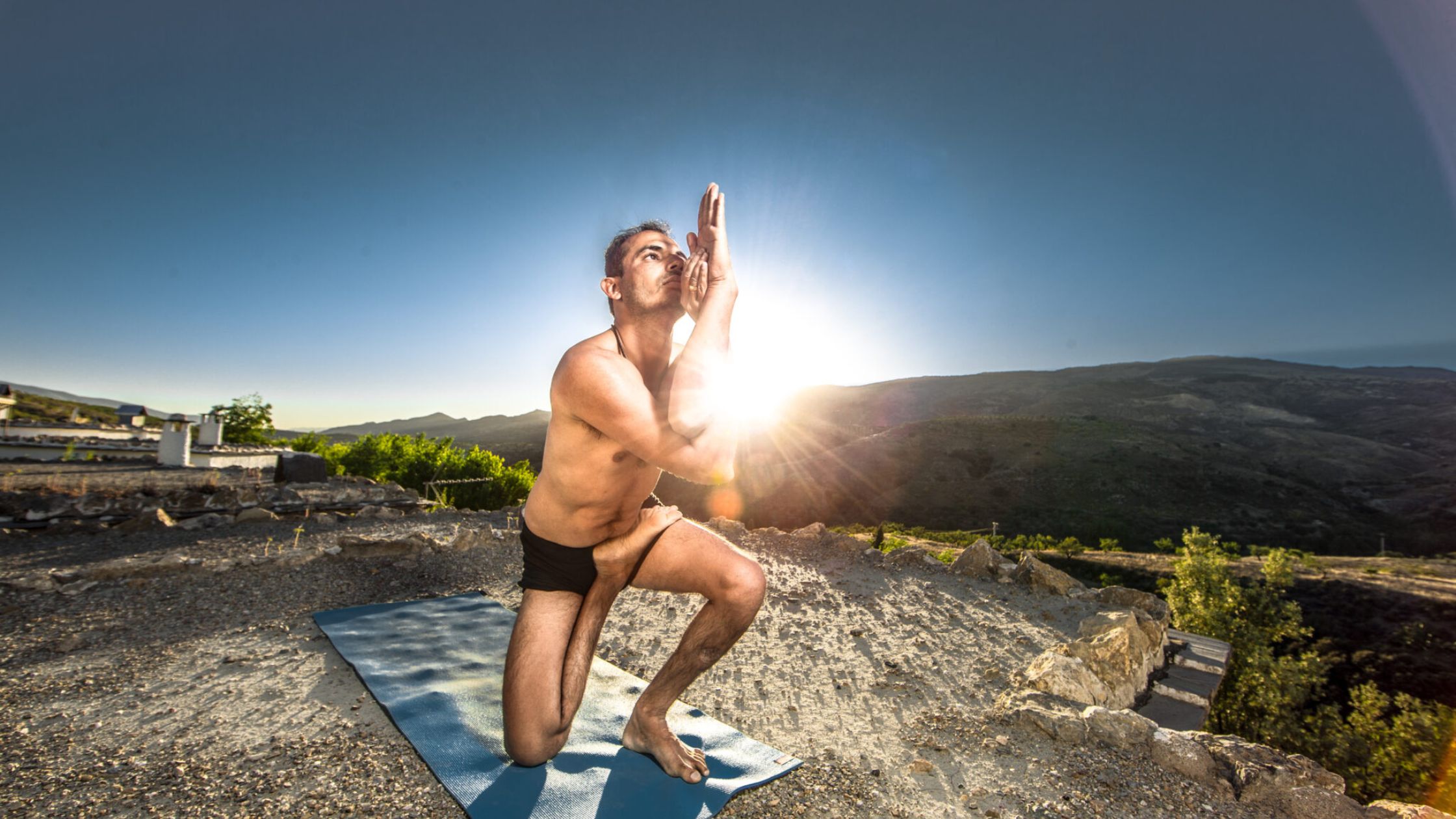
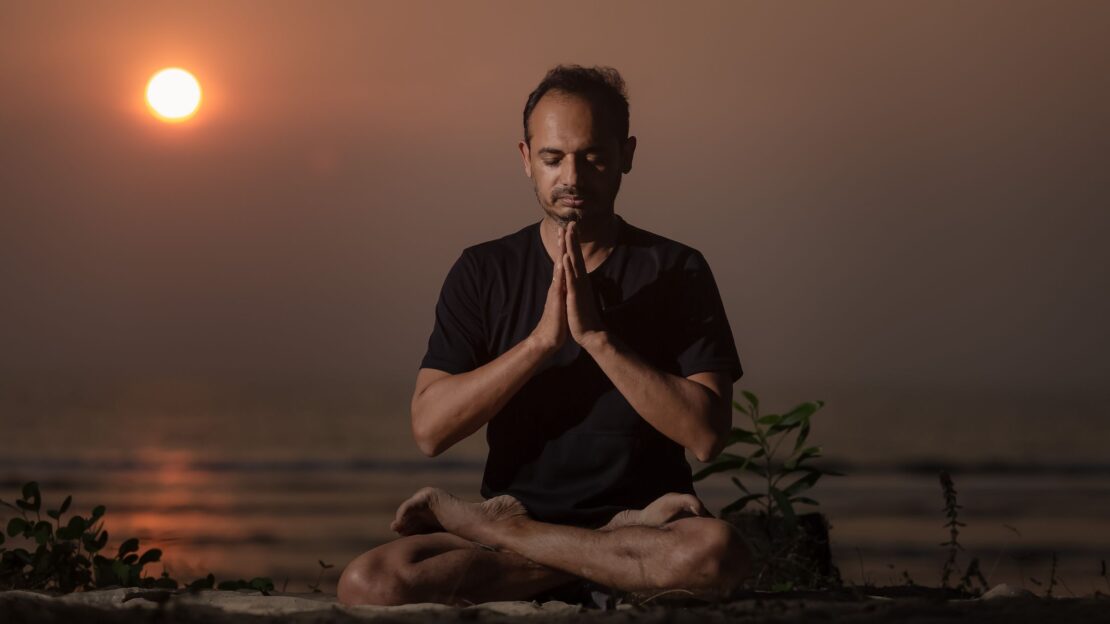









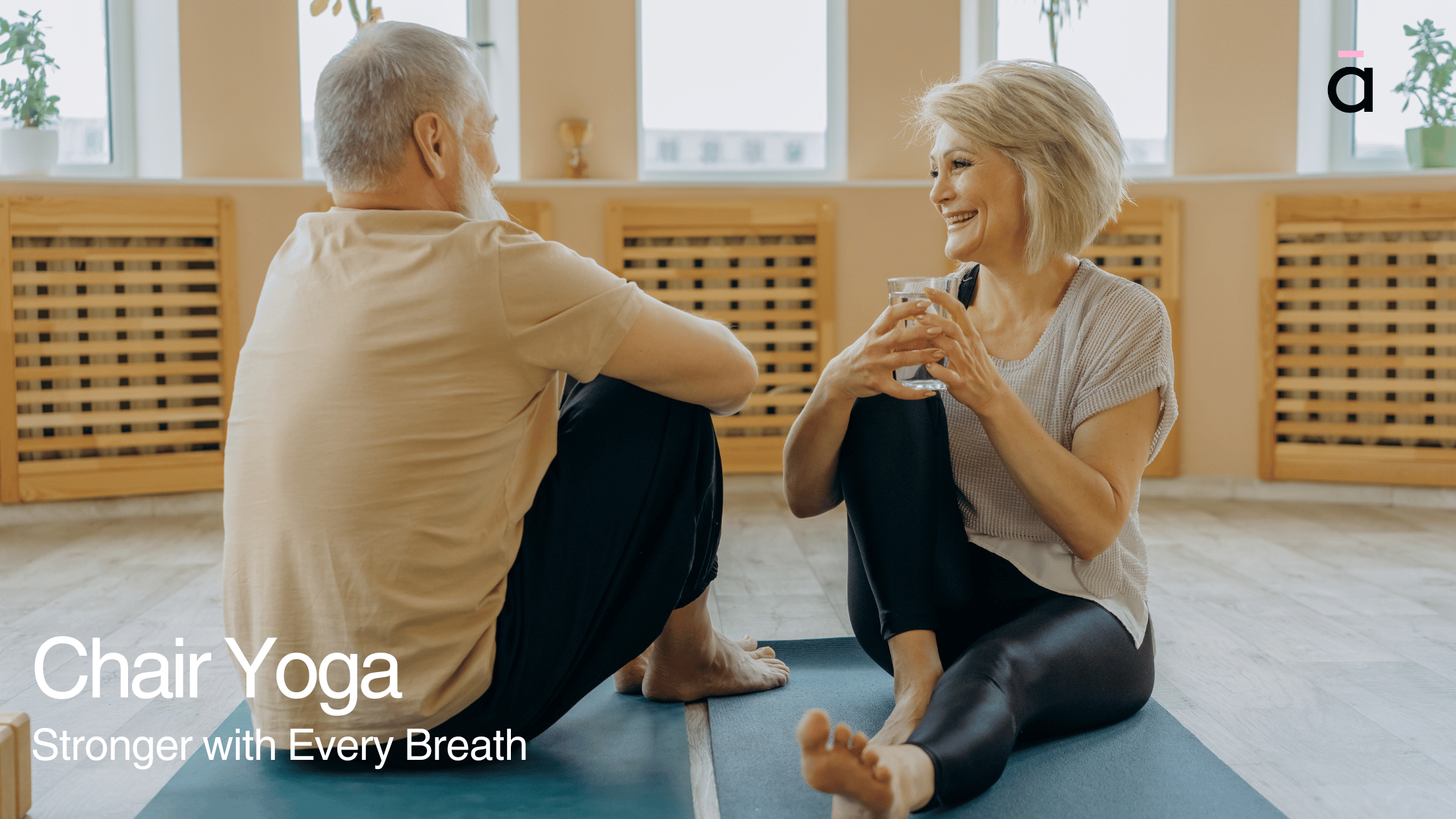

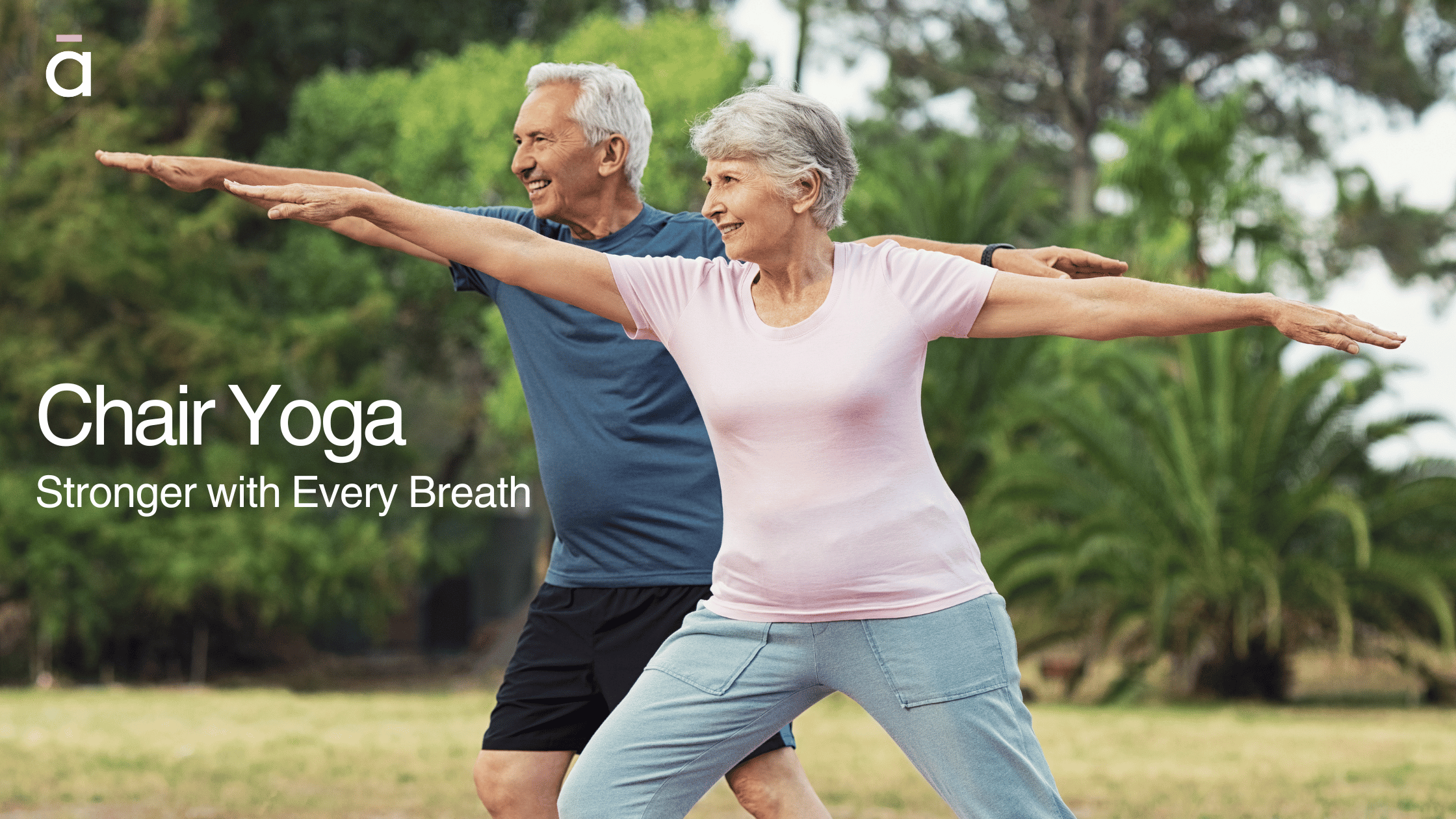
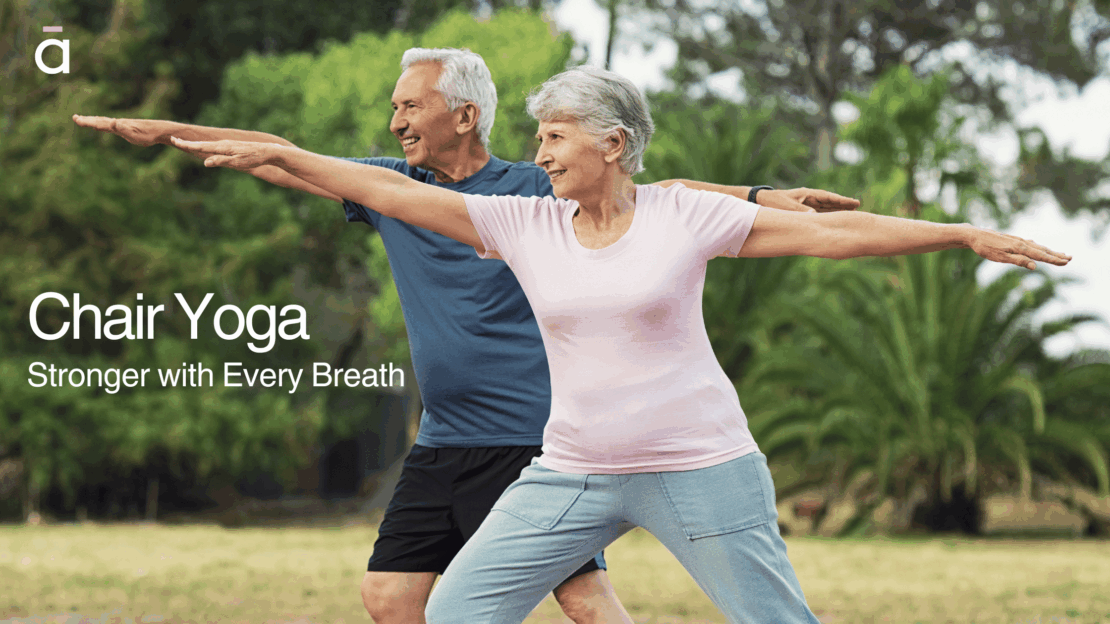



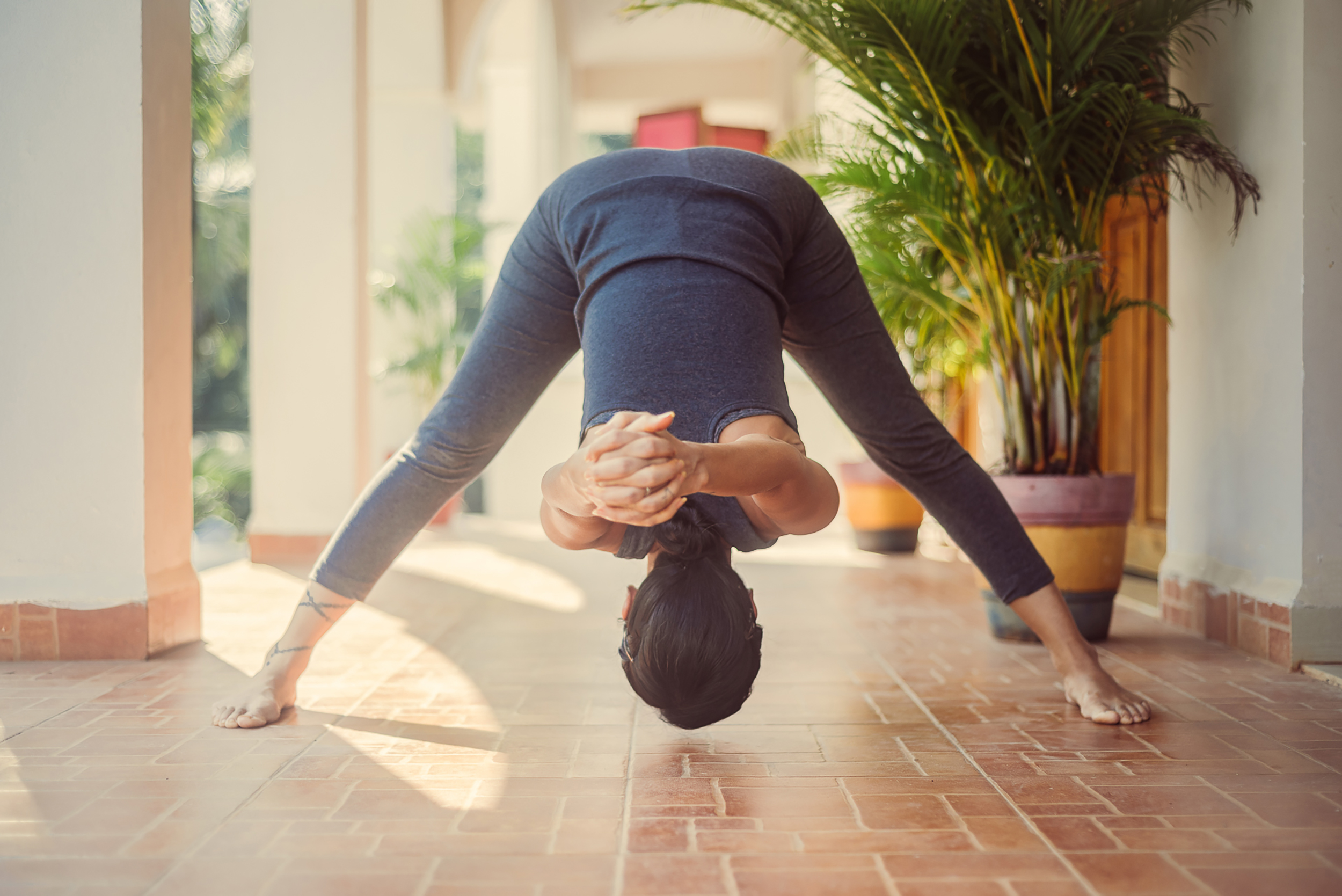


Recent Comments